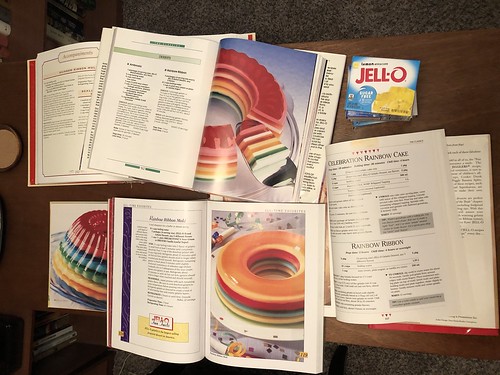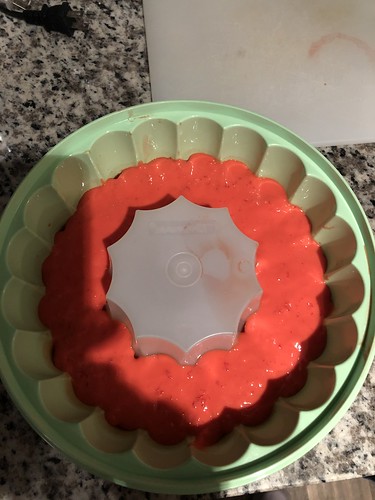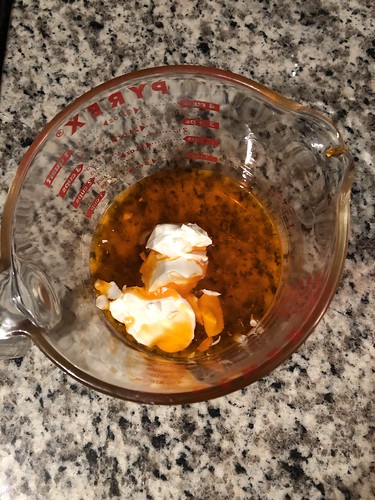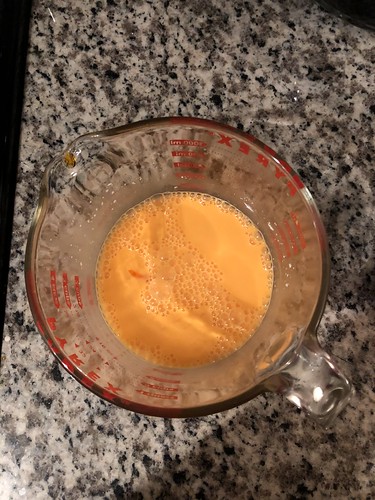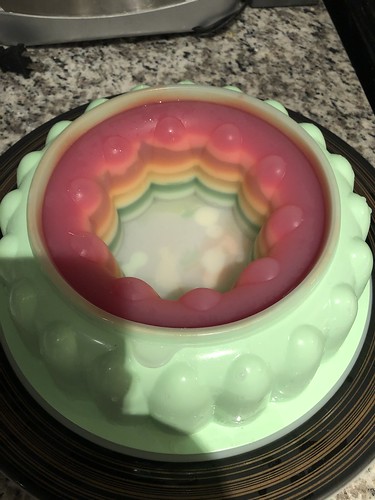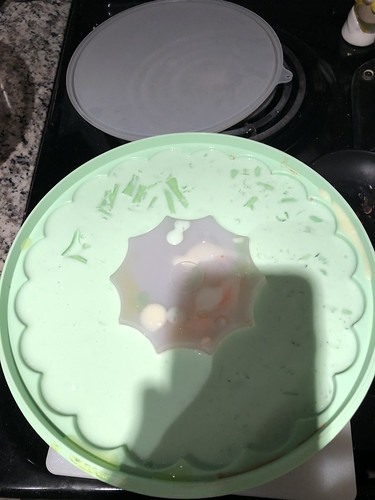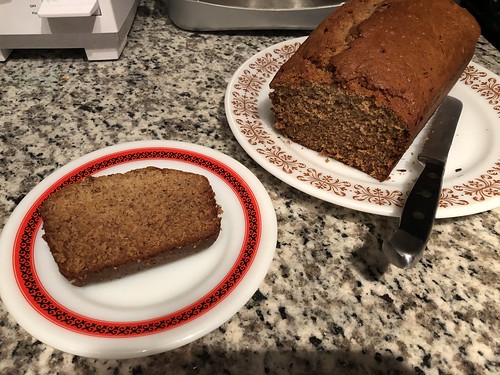Someone said this to me the other day, and I'm not sure that all of my friends get that "working from home" doesn't mean "laying around on my couch reading books". I am reading some, though, and the last time I counted up books for my year end tally was at the end of February, so here's everything I've read since then:
Movies (And Other Things) by Shea Serrano is a funny walk through a bunch of movies that Shea and I apparently have in common as favorites. Each chapter asks a question (Who had the worst death in "Kill Bill"? Did the Rockford Peaches make the right decision trading Kit? If all the high school movies were one movie, who would Regina George's friends be?) and then argues the way to the answer along with some funny illustrations. There are some thoughtful points here, and also some reminders that I should see some of these movies again if it's been too long since last time I did.
I like Robert R. McCammon, but Tales from Greystone Bay is too short. Each of the short stories here is a little interesting, but there are only three in the whole book, so I read it in less than a day. All three stories could have been fleshed out a little more, into novellas, and this would have been a lot better.
Harbor, by John Ajvide Lindquist, is an odd sort of horror story, starting out with an ordinary family and slowly building to ancient god-monsters, ghosts, human sacrifice, and destruction. In the middle of Scandinavian winter, Anders and Cecelia take their daughter, Maja, across the frozen channel to see the lighthouse. Somewhere on the way home, in clear weather and with their backs turned for only a second, Maja vanishes. Anders returns to the island a few years later, drunk and broken, and discovers that Maja isn't the only one to disappear from the village, but instead that one person disappears into the sea every year, and has for hundreds of years. There's also a weird subplot about a magic symbiotic insect that lets the host control water, which is the part of this that was really odd. This was marketed as horror, but not really scary or disturbing.
The Fortress at the End of Time, by Joe McDermott, was much more interesting. The entire novel is a long confession from Ronaldo Aldo, an Ensign from Earth stationed at the Citadel, the farthest human colony. Humanity is connected by the Ansible, a faster than light link that lets them transmit things and people along its length, sort of: patterns are sent along to Ansible and then assembled out of raw materials at the other end, so Aldo is actually a clone of Aldo, and if he gets promoted off of the Citadel, the Aldo sent to the next colony will be another clone, leaving the original and the Citadel clone behind. The Citadel is the last outpost of a century old galactic war, forever listening for the enemy's return, and Aldo will do anything to escape from it. As his confession unfolds, we find out exactly how much of anything.
Lev Grossman's Warp is a non-event. The story of Hollis, a recent college graduate still living near his school and struggling to force himself to get a job and become an adult, is like a worse version of "Catcher in the Rye", a feat I didn't think possible.
F. Paul Wilson's The Keep pits evil against evil in the Romanian alps of World War II. A garrison of Nazi soldiers is warned by the village not to spend the night in the Keep, the ancient fortress towering above them, but the soldiers pay them no mind. By the end of the first night, two soldiers are dead, and another dies each night, killed by an enemy that moves through shadows and drains them of blood. Trapped in the middle of the struggle, a Jewish professor of folklore and his daughter must decide whether to side with the evil of the supernatural or the evil of humanity without becoming monsters themselves.
Masked, a story collection edited by Lou Anders, is a fantastic set of superhero stories, written by some of the biggest names in the industry. Authors include Gail Simone, Bill Willingham, Mike Carey, Peter David, and more, and all of the characters are originals. There are some great stories in here, and the one that finishes the book was amazing.
Like I said at the beginning, though, reading isn't all I've been doing. I've also been sitting at my new desk a lot for work. Since my new desk is right next to my kitchen, a problem a lot of my friends are having (I'm not naming names, but one of my friends set up her work from home station on the second floor so that every time she contemplates getting a snack she has to decide if it's worth a trip up and down the stairs), I'm struggling with the idea of having snacks only feet away. I'm also trying to eat better in isolation, going lower carb and looking for healthy snacks, and I landed on nuts. I'm allergic to some kind of nuts, but I love peanuts and cashews. In perusing the nut selection at Kroger, though, I discovered that getting spiced, flavored nuts adds a dollar or two per can, and I can just do that myself for cheap.
So...
Homemade Spiced Nuts
1 egg white
2 cups nuts (unsalted or lightly salted)
1 tablespoon brown sugar (the recipe called for 3, but like I said I'm trying to cut back on carbs)
4 tablespoons total of spices
You can use whatever kind of spices you want. The recipe wanted oregano, thyme, parsley, and chili powder, but again, this is up to you and what you have in the cabinet. This time, I wanted something mustard based, and a lot of recipes pair mustard with cinnamon, so I went with dry mustard, cinnamon, nutmeg, and Chinese 5 spice:
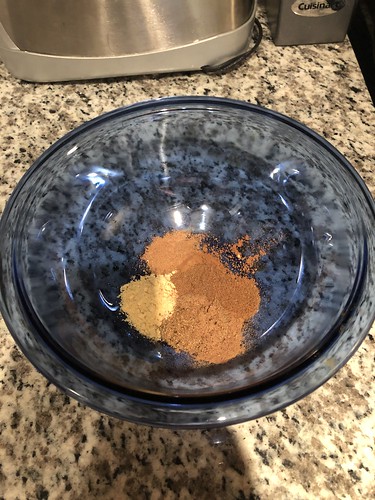
Preheat your oven to 250 F.
Mix the egg white into the spices:
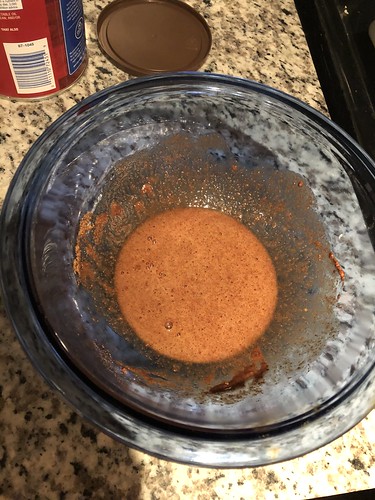
and then add the nuts and stir them around to get them really coated:
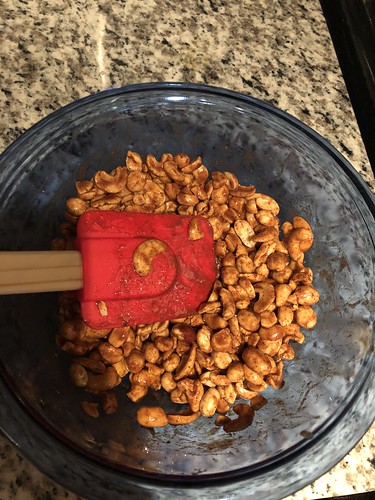
Spread your nuts out on a cookie sheet:

Bake for 15 minutes, then stir them around a little on the sheet (some of them might be stuck together, so break them up a little with the spatula), bake for 15 more minutes, stir again, then bake for 15 more minutes and take them out. They'll be hot and soft, so leave them alone on the cookie sheet for 15 more minutes, then put them into a container:
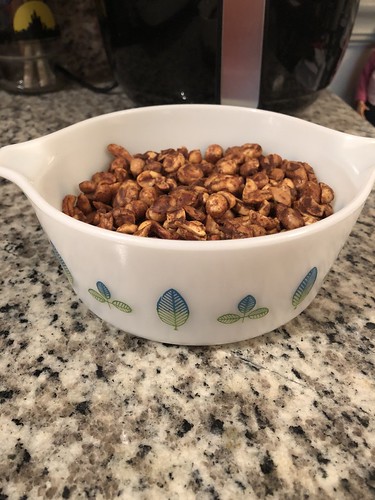
and you have homemade spiced nuts. The recipe said they will keep for 5 days as long as you keep a lid on your container, but these aren't going to last five days.
If you're wondering how mine turned out, they're good, but I can't taste the mustard at all, and it might have been a bit of a waste. They're still good, though, and I've been munching a handful every time I pass my desk even though they are supposed to be for work this week.
For the next batch, I'm thinking of going for an Indian sort of mix, with curry, ginger, and garam masala. That should be low key delicious.
